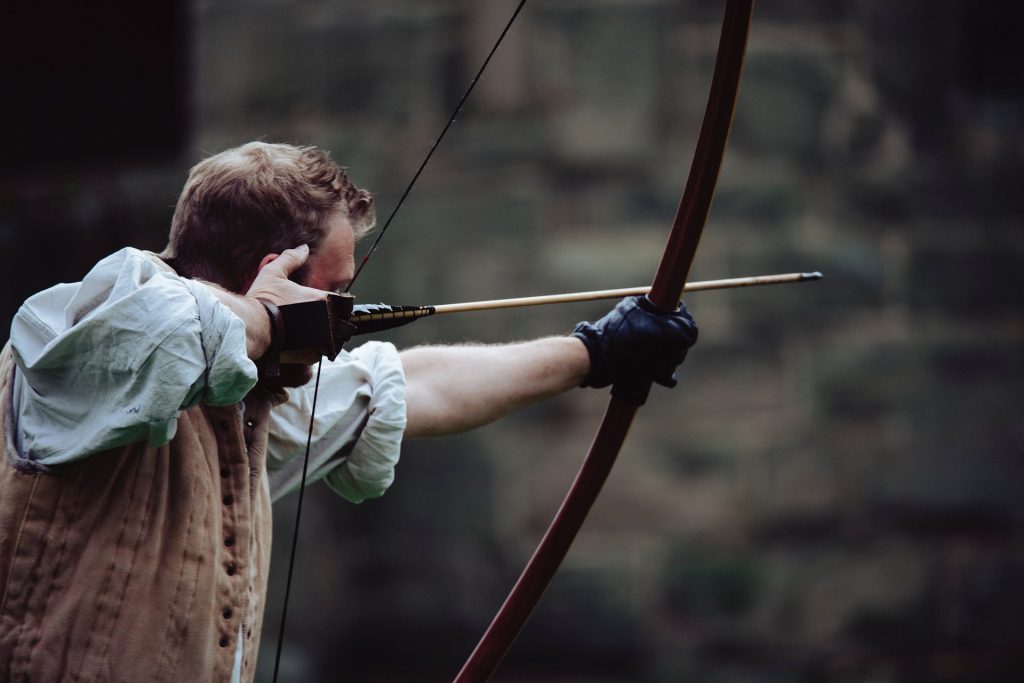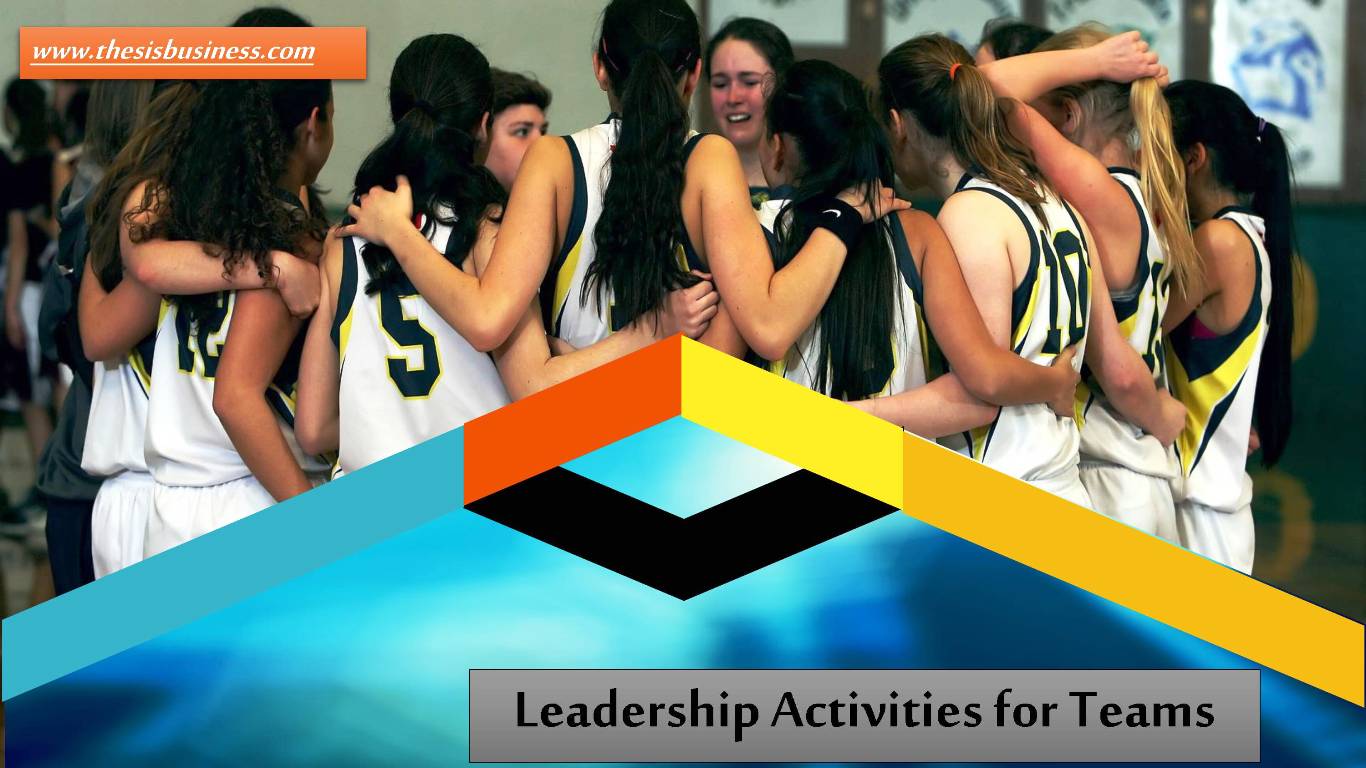Leaders are not made overnight, even though there are no particular institutions to produce a great leader. They continuously need to evolve their best version to become a perfect leader.
Leadership exercises may be an excellent method to learn and practice the abilities required to become a successful leader. It’s difficult to master these abilities, especially when they do not receive the proper training or assistance.
Therefore, taking advantage of leadership exercises, workshops or activities to enhance your leadership abilities is vital. In this article, we short-listed some critical and effective leadership exercises for teams.
Table of Contents
Leadership Exercises For Teams –
You can incorporate these activities if you’re running employee leadership training programs. These exercises are an excellent place to start, even if you’re organizing a leadership course for corporate.
1) Survival Leadership Activities:
Split the group between groups of two groups and give them an emergency such as an aeroplane crash, shipwreck or being lost in the desert. They should then present the participants with a list of things that may be useful in this scenario.
Challenge groups to select five items that can enable them to survive. When the teams have picked their items, they are asked to justify their choices and how they will use them to get through their current situation.
This leadership exercise can stimulate critical, creative and strategic thinking and the ability to solve problems that could benefit your company.
2) Human Icebreaker

Students can get to know one another through icebreakers. Students will feel more comfortable with continuing collaboration and have a stronger community of learning when encouraged to engage in conversation. Icebreakers that work create an atmosphere of participation and relaxation.
You can learn more about your colleagues by asking them icebreaker questions. This fun team-building activity focuses on answering entertaining questions that can be used to build trust and morale.
3) Leadership Race
Divide the participants into two groups, presenting them with a survival scenario: a car accident, a break failure, or loss in the desert. Next, please give them a list of items that could be helpful in this situation.
Ask the teams to pick five items that will make them more resilient. Ask the groups to explain their choices and describe how they would use them to escape a difficult situation.
This leadership race activity encourages creative, critical, and strategic thinking. It also helps with valuable problem-solving skills.
4) Name and Number:
When people enter the room, make sure they write their name on the index card and a number on the other. When everyone walks through the crowd with their name visible (on an index card stuck on their shirt), they should attempt to introduce themselves to everyone they can.
After a bit of mingling and mingling:
- Ask everyone to flip over their name tags to ensure they can see that the number on the tag is visible instead of the name.
- Give everyone a number-coded piece of paper.
- Determine who has the most names in the number that corresponds to it.
5) Lunches that share ideas:
A casual meal will always enhance the conversation. If you are budget-conscious, catering services are ideal for dishes and cleanup. It’s just as enjoyable and less costly; the alternative is the idea of a potluck lunch centred on a particular theme or food.
Informal gatherings are helpful in times of high stress. They also provide a pleasant place to exchange ideas; it can be an opportunity for staff to share their work-related insights and news; make sure to incorporate the opportunity for a lighthearted discussion and discussion.
6) Blindfolded Obstacle Course

One of the most critical aspects of communication is trust. There’s no better method for employees to be taught to trust their colleagues than to do it blindfolded!
Create an obstacle course in a big enough room with common office items. One employee is blindfolded, and another guides the first participant through the course. Repeat the process to allow all group members to test.
People who are most successful in leadership employ simple and straightforward words. When you’re done with the task, you can use this to educate yourself about why it’s crucial to use as few words as possible when explaining to ensure no confusion.
7) Gamification
Gamification is widely used to enhance corporate learning and customer engagement and can be a fantastic method of providing leadership training for employees. Gamification employs game elements such as badges, points, levels and rewards, timers and leaderboards to entice and motivate contemporary employees who are already regularly playing games on smartphones and laptops.
This makes any form of training that is not just for leadership more enjoyable and relatable, consequently less likely to get taken in and remembered. Gamification is also a way to encourage employees to work as a unit for the same goal, much as AR/VR games which can help determine leadership.
8) Blind snake
A lot of trust-building exercises rely on blindfolds. In a blind snake, five or six people line up, one on top of the other. Set up various objects around the vast, open area that the team must pick up. The person at the back of the line can discern – they cannot speak, but they can guide an area by tapping on the shoulders of the one in front of them.
The person who taps them will tap the next person, and so on; when they have successfully obtained an item, the one at the front shifts towards the rear.
9) Leadership Book Club
You could organize an e-book club on leadership for your group to suggest ways to develop your leadership. When planning a gathering and determining the length of time the program will run. The book club could be a single occasion or an ongoing event.
Then, it would help if you chose the books you want to study and ensure that all your members have copies. Some of the best guides to leadership are:
- The 21 Irrefutable Laws of Leadership by John C. Maxwell
- Emotional Intelligence by Daniel Goleman
- Wooden on Leadership by John Wooden
- First, Break All The Rules by Jim Harter
- How to Win Friends & Influence People by Dale Carnegie
Additionally, ensure you allow the students enough time to read the books. Pick a time and date, and location for the event. The activities for the participants involve asking questions and giving their opinions about the author’s leadership style.
Also, look at this list of the most influential books on leadership.
10) Human knot
Each participant is allowed to put their hands on someone opposite them and their left hand on the person close to them. This creates a tangle, and participants must remove themselves without damaging the chain. It will help your team to improve their communication and problem-solving capabilities.
You’ve got it. Check out these leadership development exercises to determine which team members dare to be the torchbearer.
11) Baby Photos
Sharing photos is an ideal way for individuals to connect personally. Ask your group members if they’d feel comfortable sharing photos of babies, prom pictures, or funny childhood pictures generally! Let everyone have the chance to tell their story as well as ask about the lives and experiences of others.
It may not appear to promote teamwork or collaboration, but talking to each other and becoming more comfortable talking to each other can be an excellent team-building game for Zoom.
Conclusion:
These leadership exercises for teams are excellent ways to develop necessary interpersonal skills, which help them to become even more productive and accurate. Leadership training activities don’t just help people be more potential at work. These activities can also enhance specific aspects of the participant’s personal life, including the ability to make the right decisions in stressful situations.

